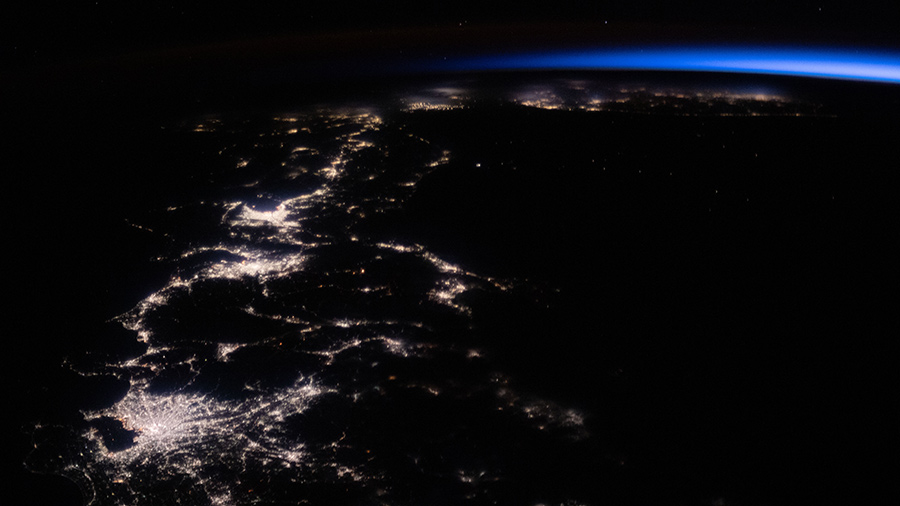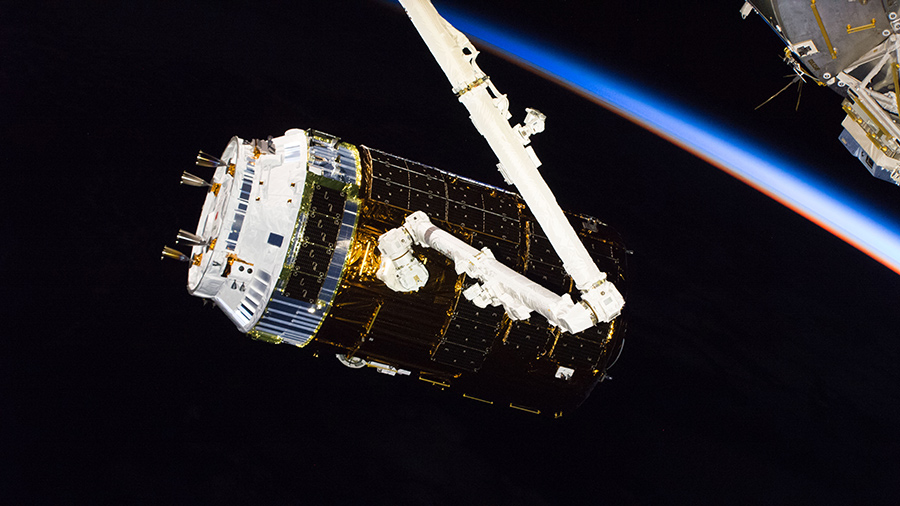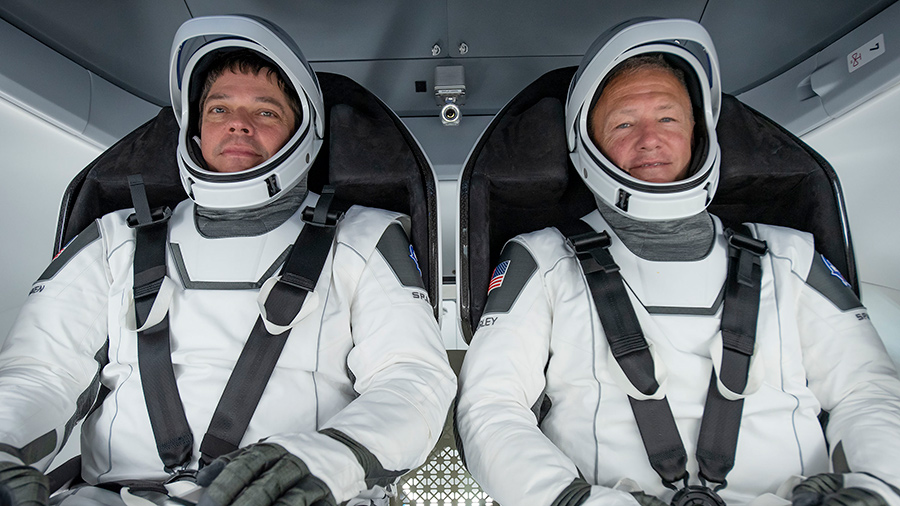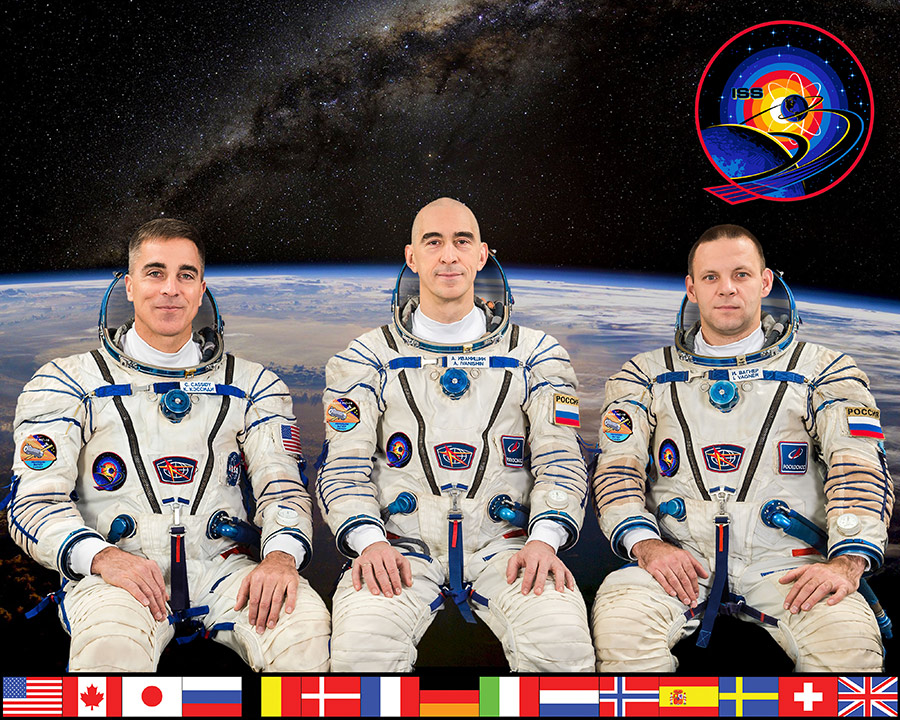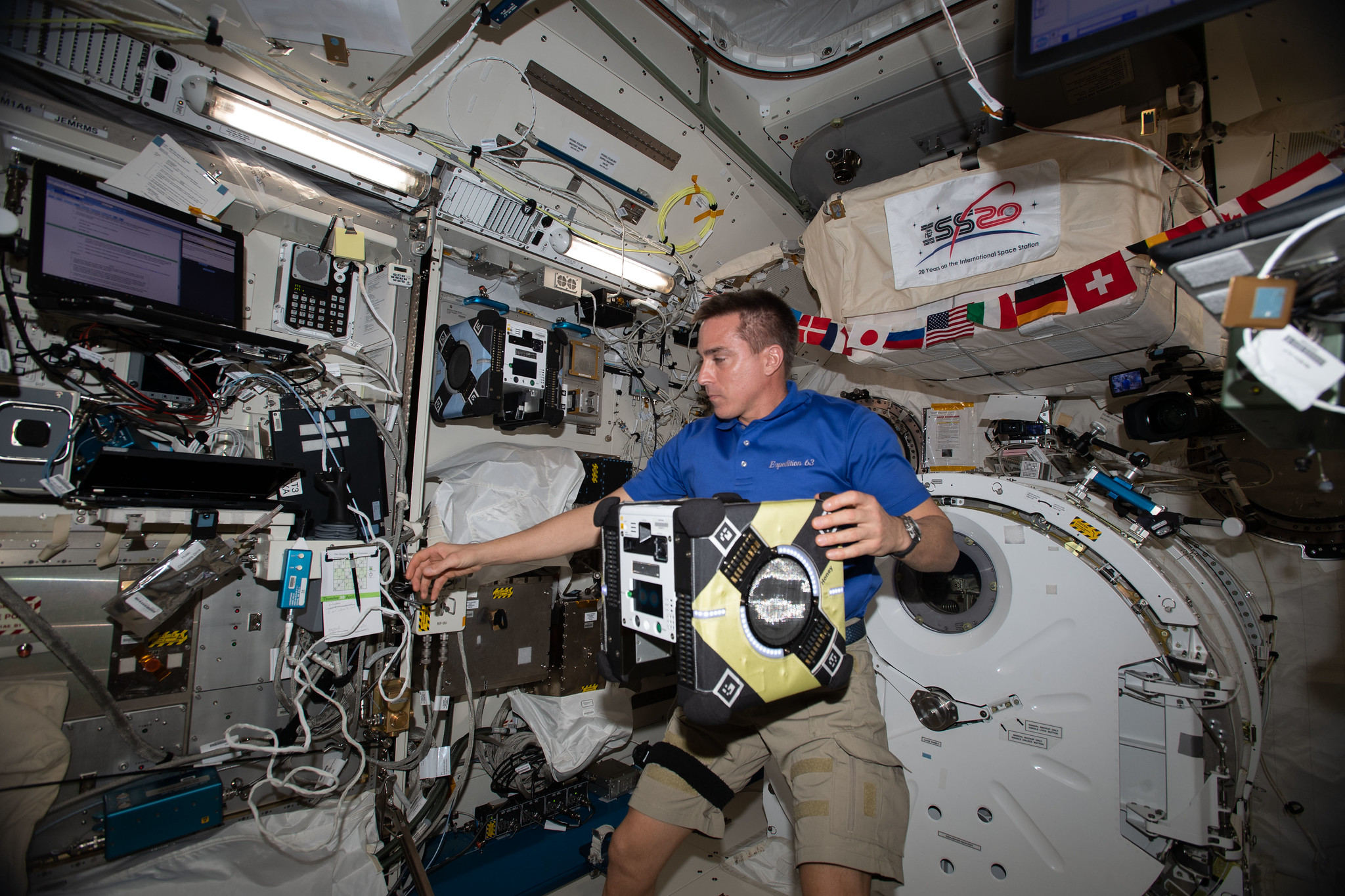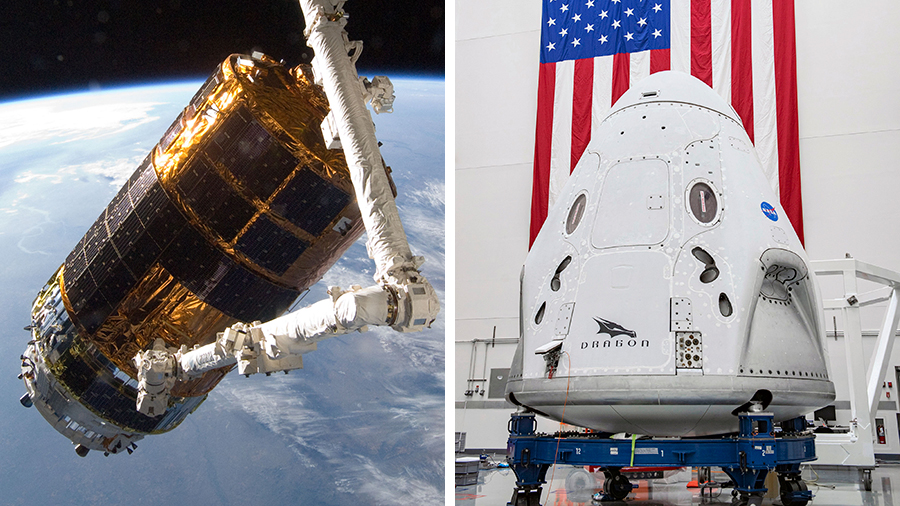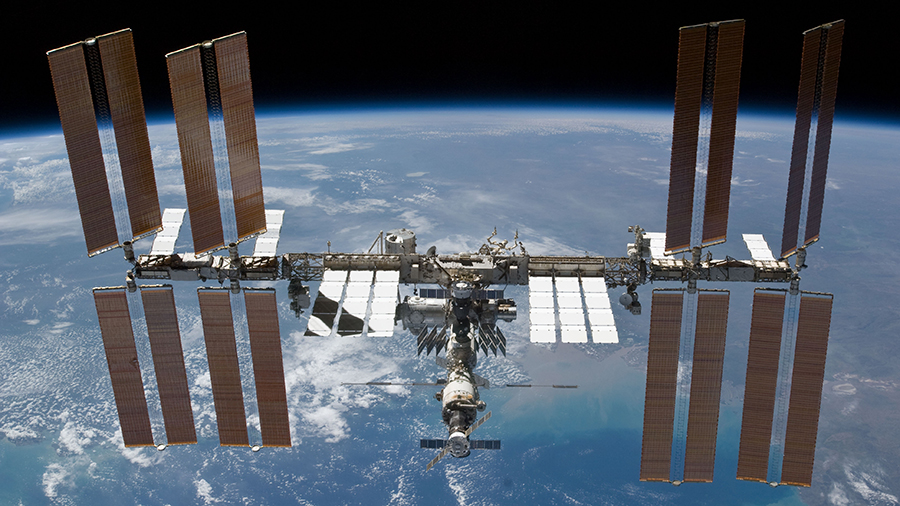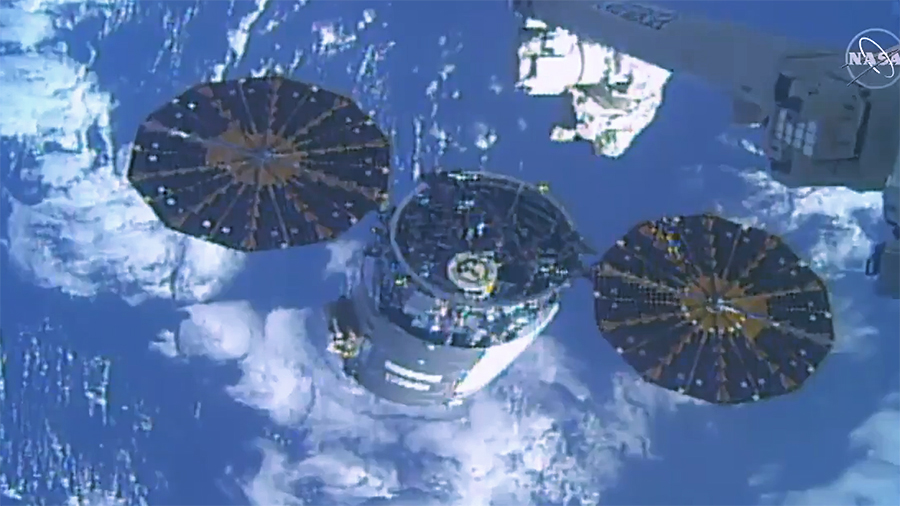
NASA has begun live launch coverage of the Japanese cargo spacecraft carrying more than four tons of supplies, water, spare parts and experiment hardware for the Expedition 63 crew aboard the International Space Station. Watch live on NASA TV and the agency’s website.
The H-II Transport Vehicle-9 (HTV-9) spacecraft is scheduled to launch on a Japanese H-IIB rocket at 1:31 p.m. (2:31 a.m. Thursday, May 21, Japan time) from the Tanegashima Space Center in southern Japan.
This will be the final flight of this class of resupply spacecraft, named “Kounotori” – the Japanese word for white stork. The cargo craft launched on its maiden mission to the orbiting laboratory in September 2009. JAXA is developing a new class of HTV vehicles that will provide a reusable pressurized cargo section and the ability to carry more cargo due to its lighter weight. The new HTV-X vehicles will dock automatically to the station’s International Docking Adapters with the first flight scheduled in 2022.
Learn more about the science experiments and technology heading to station here.
For departure coverage and more information about the mission, visit: https://blogs-stage-old.nasawestprime.com/spacestation/. Get space station news, images and features via social media on Instagram at: @iss, ISS on Facebook, and on Twitter @Space_Station and @ISS_Research.


